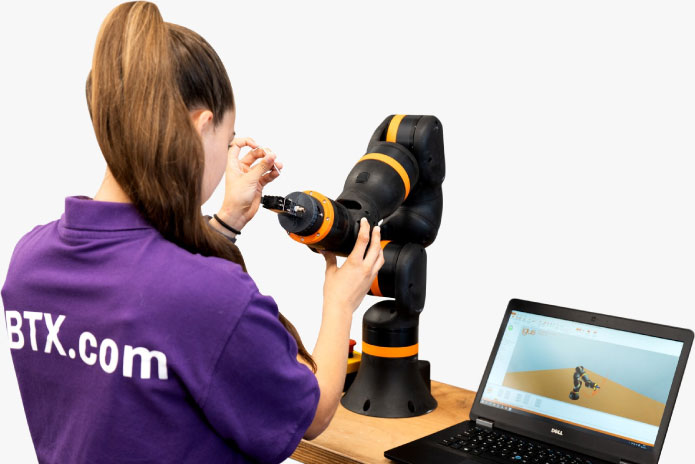With the exponential advancement of the use of integrated technologies for the improvement of the industrial and robotics sector, the search for tools with specialized options for the sector has become increasingly frequent.Thinking of this, igus DES, a global leader in motion solutions, created the platform RBTX.com, in which users and suppliers of low-cost robotic components can easily and quickly gather.
For many small and medium-sized companies, the guarantee that automation will work in their application is essential for planning throughout the year. In this way, the platform was developed to bring together several suppliers and deliver to the customer a complete automation project. Thus, he does not have to worry about seeking and quoting different components with varied suppliers.
At first, the igus inaugurated the first international model of the marketplace together with 16 industrial partners from the company's host country, Germany.On the website, manufacturers can open new sales channels for specialized products, with important references in the segment.
With the technology of igus, in addition to facilitating the connection between sellers and customers, the products available are effective and with high financial return: Today, there are more than 100 suppliers available on the platform, and 95% of the listed products are considered low cost, being below €12,000 (approximately R$ 73,000).
“A proposal is to add value by providing an integrated service of specification, validation and expertise, solving customer problems efficiently DO everything in one place”, comments Marcelo Pimenta, CEO of igus do Brasil.
Another possibility that the RBTX platform brings is the possibility of requesting tests before investing. Under the concept “test before invest” the company tests its application according to all the parameters informed and provides a statement of feasibility for its automation process, with an offer to purchase the complete solution. More than 10,000 tests have already been carried out in this format, which guaranteed ROI after 3 to 12 months for customers.
The site also allows for client advisory projects. Currently, more than 3 thousand have been carried out, in addition to free feasibility studies created in 29 customer test areas around the world.
“Offering our users the best technology in the industry is one of our top priorities. By providing a platform to unify the sale of specialized products and consultations specifically designed for the sector, we are able to optimize relationships between key figures, and play a key role in a constantly growing market”, concludes the executive.


